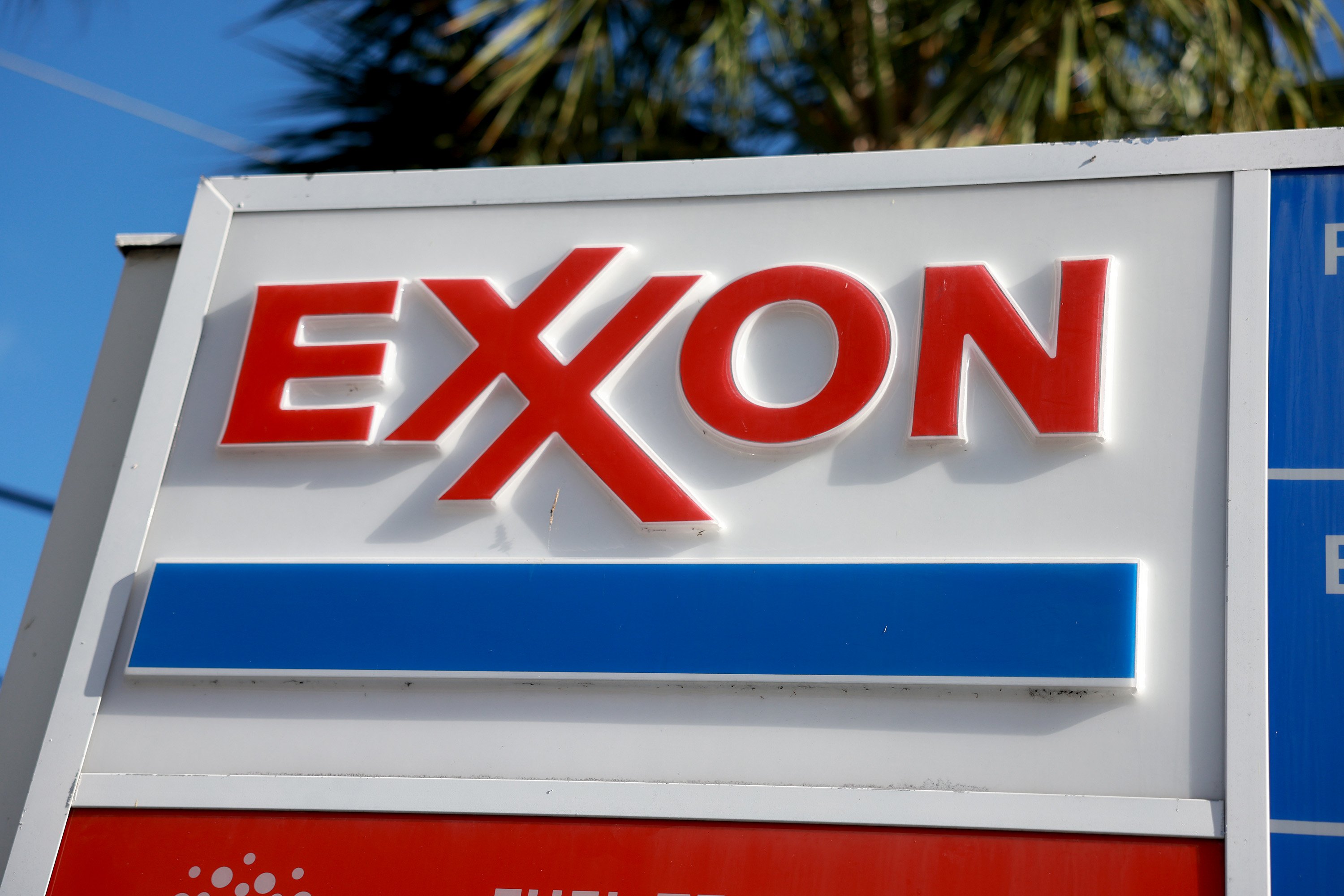Crude prices have slumped this year. Brent oil, the global benchmark price, is currently in the mid-$60s, down about $10 a barrel from this time last year. While lower oil prices tend to negatively impact oil company earnings, ExxonMobil (XOM 0.60%) isn't your average oil producer.
That was abundantly clear in the oil giant's third-quarter financial results. ExxonMobil generated $7.5 billion, or $1.76 per share, of earnings during the period and $14.8 billion in cash flow from operations. That was the highest earnings per share the company has produced compared to similar oil price environments. Here's why Exxon is thriving amid lower oil prices.

Image source: Getty Images.
Drilling down into Exxon's third-quarter financial results
Exxon delivered record-setting production in Guyana and the Permian Basin. The oil giant started its fourth development in Guyana (Yellowtail), which came online four months early and under budget, boosting its average crude oil output to 700,000 barrels per day. Meanwhile, the company grew its production in the Permian Basin to 1.7 million barrels of oil equivalent (BOE) per day, fueled in part by the expanded use of proprietary technologies that are boosting well recoveries by up to 20%.
Yellowtail was one of eight major capital projects Exxon has started up this year. It has two more on track to come online by the end of 2025. "No one else in our industry is executing at this scale, with this level of innovation, or delivering this kind of value," stated CEO Darren Woods in the third-quarter earnings press release.

NYSE: XOM
Key Data Points
Exxon also continues to execute its structural cost savings program. It has achieved an additional $2.2 billion of savings this year, pushing its cumulative total to $14 billion since launching this initiative in 2019. Exxon aims to increase the total to $18 billion by 2030. This cost-saving strategy enables Exxon to make more money at lower oil prices.
Exxon's strong financial results are allowing it to continue returning significant cash to shareholders. The oil giant returned $9.4 billion to investors via share repurchases and dividends. That brought its year-to-date total to $27.8 billion, comprising $12.9 billion in dividend payments and $14.9 billion in share repurchases. Even with those cash returns, Exxon maintained a fortress-like balance sheet. It boasts a sector-leading 9.5% net-debt-to-capital ratio, backed by a substantial $13.9 billion cash balance.
"ExxonMobil had a strong third quarter," stated CEO Darren Woods in the earnings press release, "continuing to demonstrate that we are truly in a league of our own."
Building toward an even better future
The energy giant continues to invest heavily to build an even better company. Capital spending totaled $8.6 billion in the quarter, including $2.4 billion in growth acquisitions. Exxon acquired an additional 80,000 net acres in the Permian Basin to expand its presence in this core area. Additionally, the company bought key assets from Superior Graphite, advancing its entry into the battery anode materials market.
The company is investing heavily to expand its upstream and downstream businesses. Exxon plans to increase its upstream oil and gas production to an average of 5.4 million BOE per day by 2030 (up from its current level of 4.7 million BOE per day). It aims to derive more than 60% of its future production from advantaged assets (its lowest-cost, highest-margin areas, such as the Permian and Guyana), up from the current level of 50%. Exxon is also investing significantly to expand its downstream product solutions businesses, which include refining, chemicals, and advanced materials. By 2030, Exxon aims to deliver $4.5 billion of annual earnings from this segment, up from $1.6 billion year-to-date.
Add the incremental earnings from these investments to the company's cost-savings initiatives, and Exxon expects to produce significantly higher earnings by 2030. That positions the company to continue returning more cash to investors. Exxon is on track to repurchase $20 billion of its shares this year and intends to buy back a similar amount next year. It also increased its dividend by another 4%, extending its growth streak to an industry-leading 43 consecutive years.
The best just keeps getting better
Exxon's strategy of investing heavily to grow its best assets while simultaneously stripping out structural costs is paying big dividends. The company is earning more money at lower oil prices. The oil giant plans to continue leaning into this strategy over the next five years, positioning it to produce even higher earnings in the future. Exxon's ability to thrive in any market environment makes it one of the best oil stocks to buy and hold for the long term.





